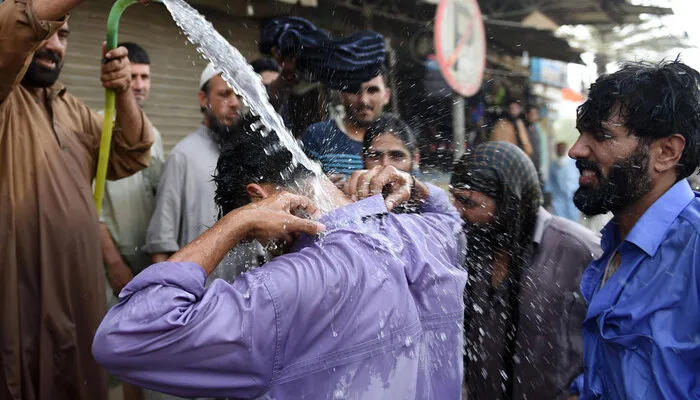Extreme heat in Pakistan is no longer an occasional crisis—it’s becoming the country’s new normal. In 2025, temperatures crossed 50°C in cities like Shaheed Benazirabad, while Jacobabad, Rahim Yar Khan, and parts of Balochistan faced 48–49°C in April alone. This brutal heat, driven by climate change, is reshaping life, health, and livelihoods across the nation.
A Warming Reality
The frequency and severity of extreme heat in Pakistan have surged. Researchers say human-caused climate change has made such spells up to 30 times more likely. With a national temperature rise of over 1.6°C since 1900—higher than the global average—Pakistan faces heatwaves that last longer, strike earlier, and stretch wider.
Read: Earth’s Transformation: How Climate Change Altered the Planet
Deadly Impact on Daily Life
The consequences are devastating. Over 60% of Pakistan’s workforce is exposed outdoors, including farmers and construction workers. In 2015, Karachi’s heatwave killed over 1,200 people. By 2024, heatstroke cases in Sindh surpassed 2,500. Wheat crops fail early, power grids collapse under demand, and urban heat islands trap deadly temperatures overnight.
Fragile Systems Under Stress
Urbanisation and deforestation worsen the crisis. Cities like Lahore and Karachi have only 5–7% green cover, far below global recommendations. Hospitals struggle even to store temperature-sensitive medicine during such events.
The Need for Urgent Action
Experts stress that without quick, coordinated action, the crisis will deepen. Pakistan lacks a national heat adaptation plan or early warning system. Fragmented climate data and poor urban planning further limit response.
Turning to Green Solutions
Urban greening offers a practical path forward. Trees reduce heat, purify air, and save lives. Cities like Islamabad show progress, but nationwide efforts remain scattered. Equitable, scalable greening projects are essential to protect those most at risk.
Pakistan is already living through the future climate many fear. What happens next depends on how swiftly and fairly the country adapts to its new heat-driven reality.
Follow us on Google News, Instagram, YouTube, Facebook,Whats App, and TikTok for latest updates
